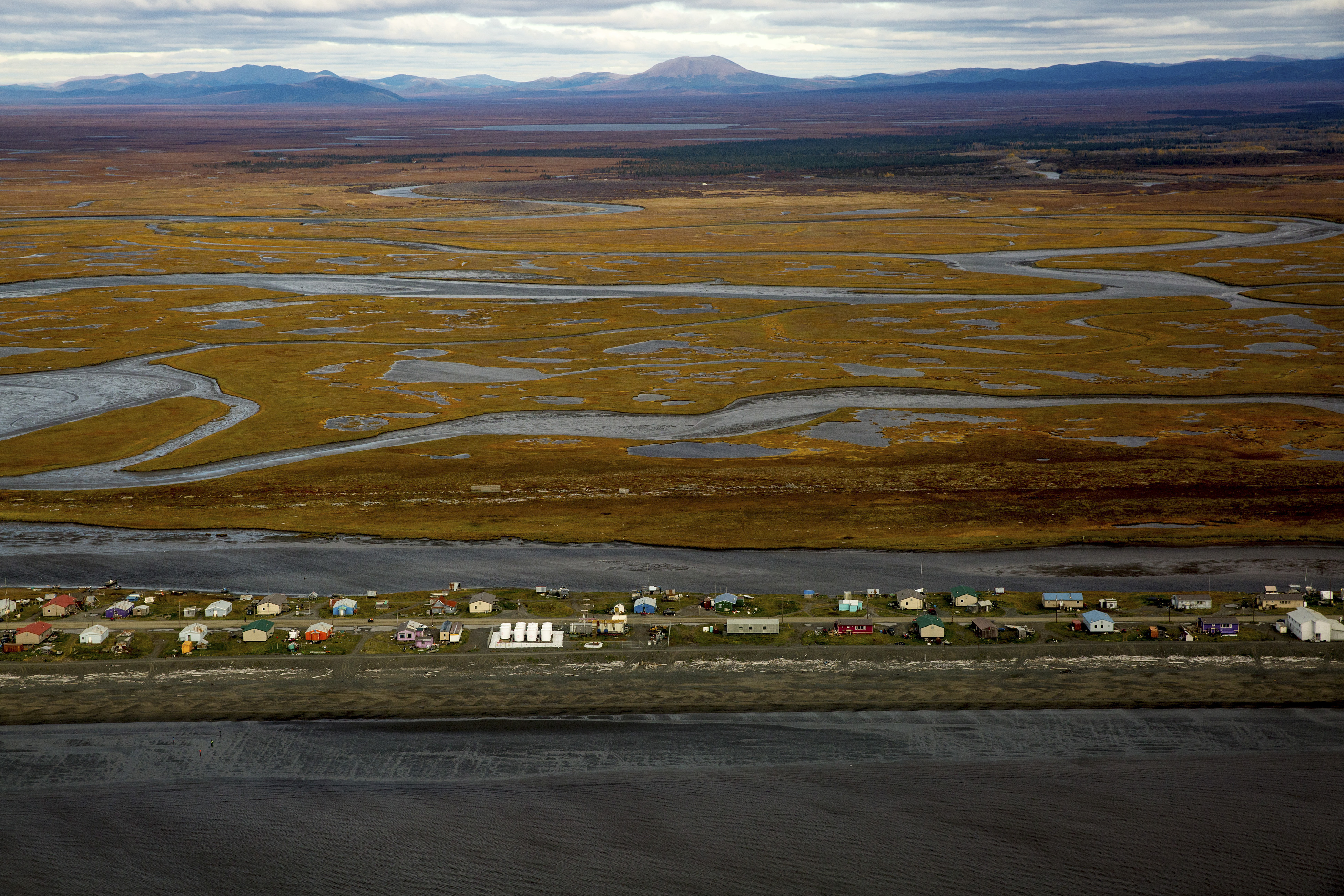Outmigration of women from Alaska villages linked to social problems

The disproportionate outmigration of women from Arctic Alaska communities can lead to numerous social issues, according to new research presented last month. “However, the birth rate is high enough to outweigh the net effects of migration. As a result, many of these places are still growing, even those most threatened by climate change,”says the University of New Hampshire’s Lawrence Hamilton.
“Life in Alaskan cities and associated education and career paths appeal more to women, whereas many men seem to prefer to maintain a traditional subsistence lifestyle. As a result, there is an excess of adult males in smaller towns and villages, in particular among Native populations,” Hamilton says.
In Greenland, Iceland, and Norway, the pattern is similar. These are the results from several research projects, whose findings Lawrence Hamilton presented at the Arctic Science Summit Week (ASSW) in April.
Surveys conducted in Alaska high schools showed that already in school, girls more likely expect to move and live most of their lives away from their home region and outside of rural Alaska. This gender difference is widest among Alaska Native residents. Census data showing the sex-ratio in 43 Arctic Alaska communities confirms the pattern. College aspirations exhibit a similar gender gap: the percentage of girls with college aspirations is higher than that of boys in every ethnic group.
Disproportionate outmigration of women has broad social consequences. Hamilton elaborates: “Men may not find suitable partners in their age class when settling down, resulting in a sort of prolonged adolescence of men. In turn, there might be more pressure on younger women. The cascade of social problems further includes concerns over the loss of cultural values and lifestyle.”
Unexpectedly, Hamilton also found that outmigration in Alaska is not coupled to global economic or climatic changes, such as the oil price increase and global recession of 2008. Even in the communities most threatened by climate change, such as Kivalina and Shishmaref, the rates of migration and population change do not significantly differ from those in communities less at risk. However, this is likely to change in the future, as environmental threats from thawing permafrost, erosion and flooding become more severe.
Although demographic trends are highly relevant for sustainability issues and community planning, they are not widely taken into account and acknowledged in discussions. The project Sustainable Futures North (SFN) addresses this gap and maintains a demographic database, which tracks changes in 43 Arctic Alaska towns and villages. Hamilton emphasizes: “Migration levels are key social indicators and important to the future of these communities.” For this reason, the project made the demographic database available online.